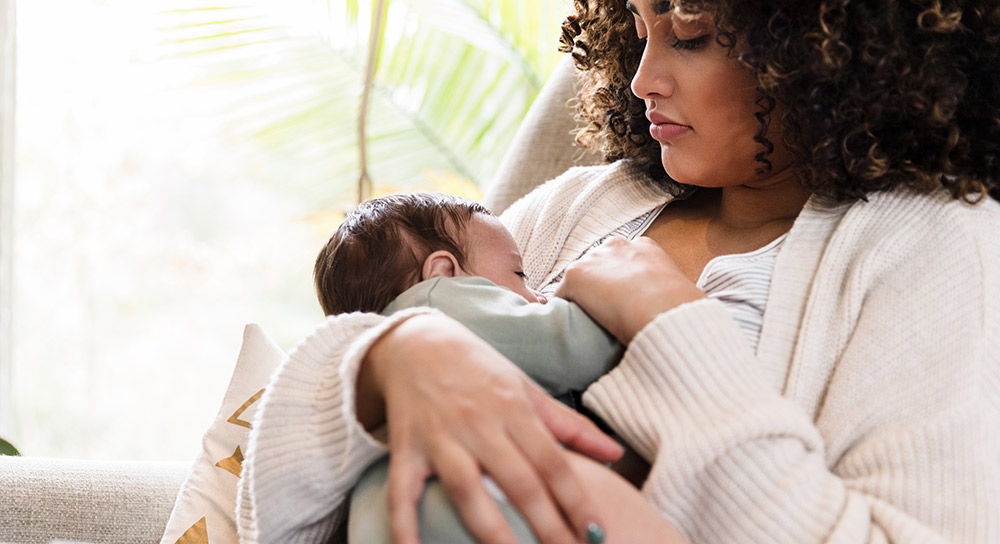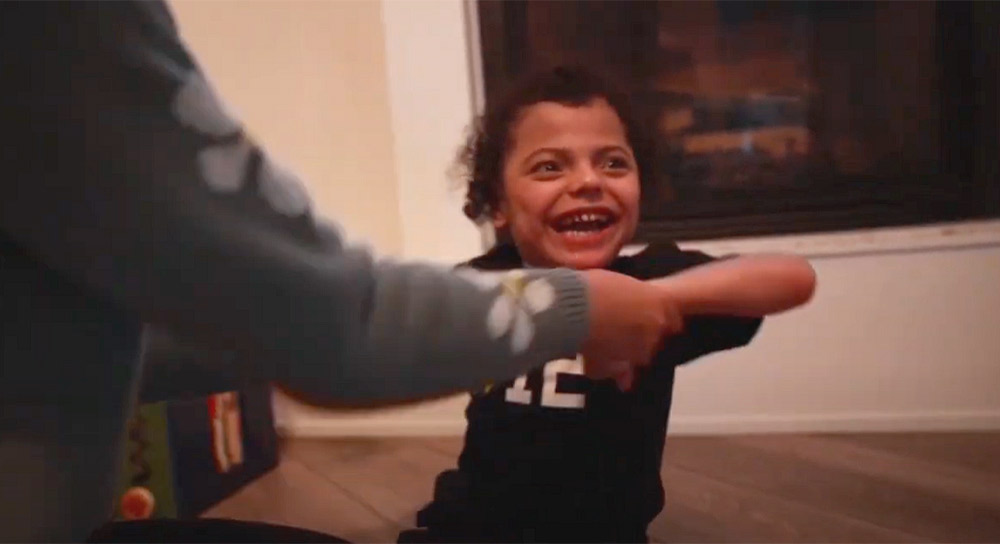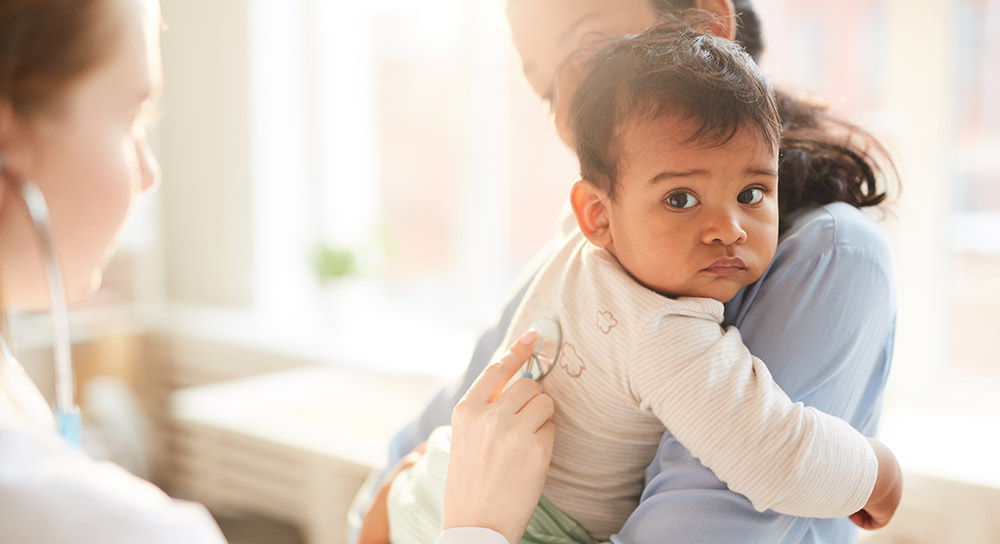Parents wait many months to meet their precious little baby and want to do everything possible to keep them safe and healthy. “Educating yourself, and other caretakers, on safe sleep practices is one of the most important things new parents can do when preparing for the arrival of their little one,” says Bonnie Sorber, nurse manager at Community Regional Medical Center’s labor and delivery unit.
Why safe sleep is important
Each year in the United States, more than 3,600 infants die suddenly and unexpectedly while sleeping, often due to sudden infant death syndrome (SIDS) or accidental deaths from suffocation or strangulation.
Helping babies sleep safely
“Safe sleep practices are a big focus for us at the hospital,” explains Sorber. She wants to remind parents, even though it may seem safe or convenient, to never let the baby sleep in your bed with you.
“As a new parent, you’re tired, you’re exhausted.” Sorber says. “Your baby can’t move, and if you move, you could potentially roll on top of your baby or accidently throw covers on top of your baby, not knowing what you are doing.”
Here are four additional recommendations from The American Academy of Pediatrics’ (AAP) to create a safe sleeping environment for your baby and help reduce the risk of SIDS.
-
Use a firm sleep surface. A crib, bassinet, portable crib, or play yard that meets the safety standards of the Consumer Product Safety Commission (CPSC) is recommended along with a tight-fitting, firm mattress and fitted sheet. If your baby falls asleep in a car seat, stroller, swing, or infant carrier you should move him or her to a firm sleep surface as soon as possible.
-
Room share – keep baby’s sleep area in the same room where you sleep for at least the first 6 months. Place your baby's crib, bassinet, portable crib, or play yard in your bedroom, close to your bed. The AAP recommends room sharing, because it can decrease the risk of SIDS by as much as 50% and is much safer than bed sharing. Also, room sharing will make it easier for you to feed, comfort and watch your baby.
-
Bare is best – baby’s bed should be free of bumpers, loose blankets, stuffed animals and other objects. If you’re worried about your baby getting cold, use infant sleep clothing, such as a wearable blanket. In general, your baby should be dressed with only one layer more than you are wearing.
-
Back to sleep for every sleep. Infants should be placed on their back for every sleep until the child reaches 1 year of age. Once an infant can roll back-to-stomach and stomach-to-back, the infant can be allowed to remain in the sleep position that he or she assumes.



.jpg)


